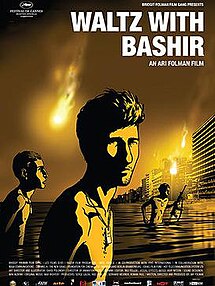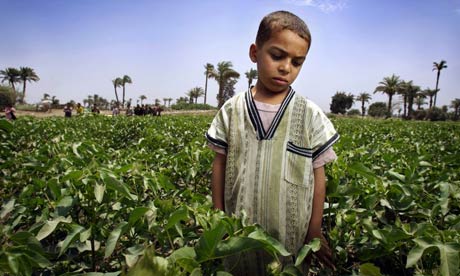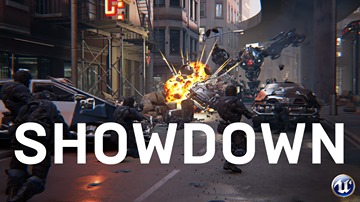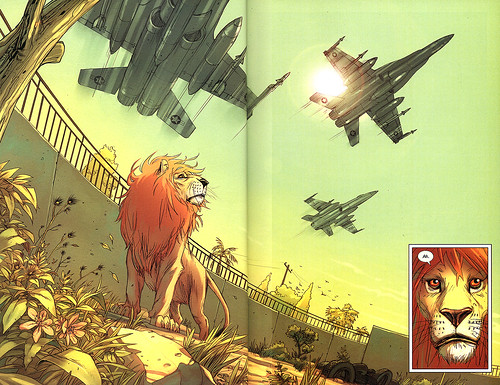 19 year old Murat Kurnaz was heading home to Germany from a trip to Pakistan when he was arrested by the Pakistani police and sold, for $3000, to Americans in Afghanistan as a "spy." Held and tortured for five years in Kandahar and Guantanamo, in August of 2006 he was finally released.
19 year old Murat Kurnaz was heading home to Germany from a trip to Pakistan when he was arrested by the Pakistani police and sold, for $3000, to Americans in Afghanistan as a "spy." Held and tortured for five years in Kandahar and Guantanamo, in August of 2006 he was finally released.According to Wikipedia, Three American officers who reviewed his case asserted that they had classified evidence that established his guilt, but never disclosed this evidence to Kurnaz, his attorneys, or to the public. Both German investigators, and United States Army investigators failed to find any evidence of a tie between Kurnaz and Al-Qaeda or any involvement in any terrorist activities. The CBS news program 60 Minutes investigated the story. The US Army has refused to admit the "mistake."
Kurnaz story is told in his book Five Years of My Life: An Innocent Man in Guantanamo. Vanessa Redgrave says of his story,
I thank God that Murat kept his sanity in the hell of injustice and torture of nearly 5 years in Guantanamo so he could tell his story. May it be studied in every school and college in Europe and the USA. May it help to close down all the illegal and secret prisons and camps, as well as Guantanamo, and restore the prisoners to their families. I am sure Murat's book will educate a whole generation about justice and the defense of human rights.To many people around the world, the prison camp at Guantanamo has become a symbol of American violation of international law. During his election campaign, Barak Obama promised he would close Guantanamo within a year; however, the US Congress refused to provide funds to close the camp. Approximately 250 prisoners -- never tried, never found guilty -- are still held there.
















